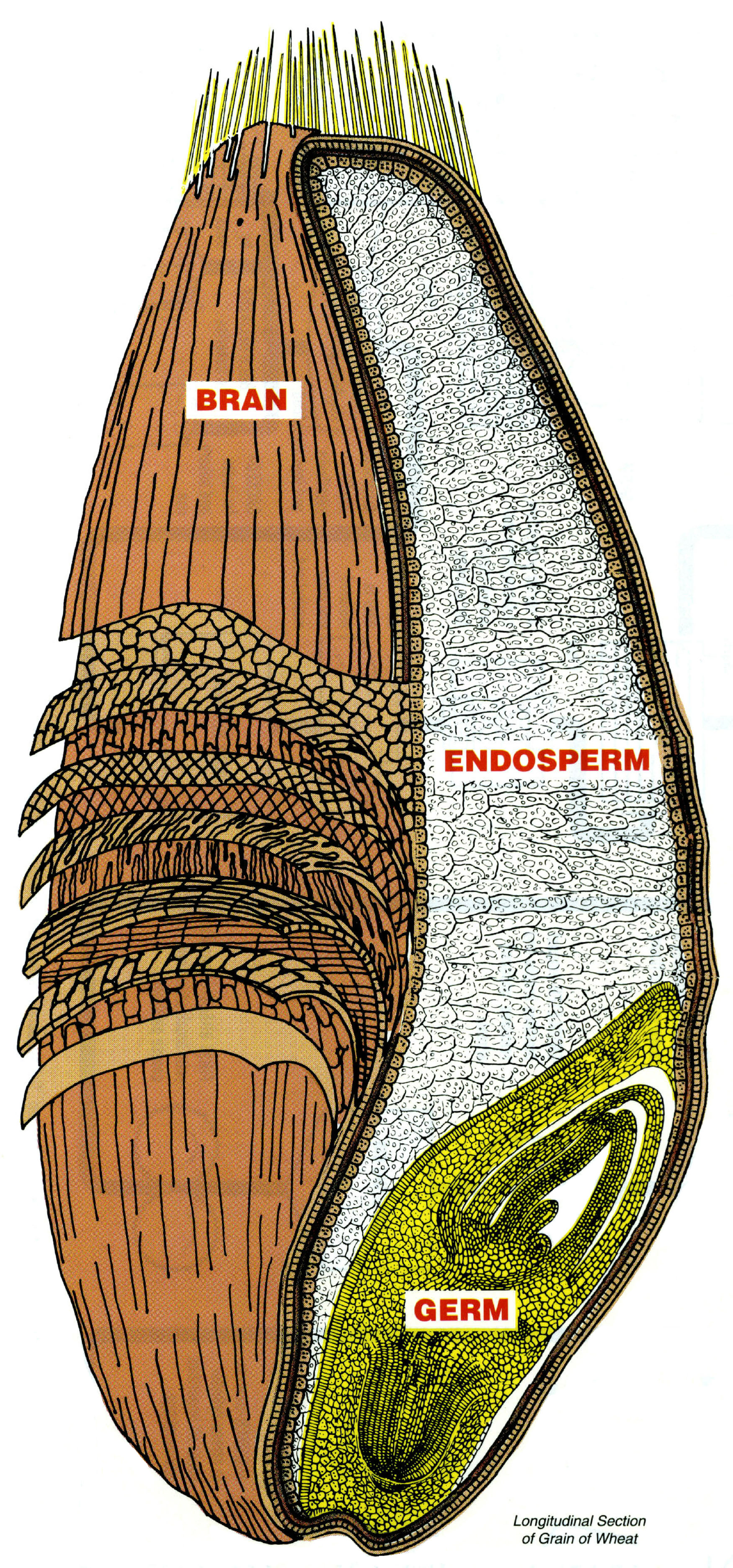Equipment
- Food Processor (12 cups)
- Freezer
- Coffee Grinder (if using flax)
- Dehydrator (optional)
Ingredients
- 1/2 cup chia seeds (or flax)
- 1/2 cup quinoa
- 1/2 cup sesame seeds
- 1/2 cup shelled hemp seeds
- 1 cup unpearled buckwheat or 1 cup rolled or sprouted oats
- ~20 dates (2 cups) - (vary for sweetness)
- 6-10 (1 1/2 cup) unsulfured figs
- 1 cup/package fresh organic raspberries
- 1 cup almonds
- 2 cups shredded coconut
- 2 tsp allspice (optional)
- 3 freshly ground cloves (optional)
Directions
Preparing Ingredients:
- 8 hours prior to making the dessert, put almonds in a bowl and cover with filtered water. After 8 hours of soaking, strain and rinse thoroughly with water. If a crunchier texture is desired, start 16 hours before processing and allow 8+ hours for dehydration at 115F.
- Soak buckwheat for 1 hour, then rinse thoroughly until the water runs clear. Optionally dehydrate the buckwheat for 8+ hours at 115F for a crunchier texture with minimal nutrition loss.
- If using fresh, whole coconut, shave and dry at 115F, starting 8 hours before moist mix preparation.
- Soak sesame seeds and quinoa for 8-12 hours, then rinse thoroughly and optionally dry before processing.
- In a 12-cup food processor add fresh fruit and puree.
- Add the allspice and cloves (optional), mix briefly
- Add soaked almonds, seeds, grains, and oats and chop finely
- Add figs then dates one at a time with the food processor running.
- Add chia seeds slowly while processing. Stop occasionally and mix manually with a knife or spoon if mixing appears incomplete.
- Fill the bottom of a small bowl with 1/2 inch of coconut shreds
- Spoon 1/2 oz spoonfuls (any size, really) into your (clean) hand and roll them into balls. Roll them in the coconut shreds until evenly covered, careful not to crush the coconut into the ball while handling.
- Stack balls on a plate or in a bowl and place in the freezer covered in foil or with a lid and allow to sit for at least 2 hours, ideally 8 hours or more.
Variations
- Skip straight to the moist mix preparation if you don't use soaked nuts, seeds, grains, etc. Rolled oats and hemp--both available dry--will help balance the dessert but at reduced nutritional density as compared to the full recipe above.
- Non-sorbate prunes or raisins or any dried fruit of similar consistency can be added instead of figs.
- Adding 1/4 of a medium-sized beet just after the fruit will give them a fiber boost and a color change.
- Adding a small amount of highly concentrated water kefir or other probiotic blend and/or plant-derived digestive enzymes just after the fresh fruit will help maximize bioavailability of the nutrient content.





